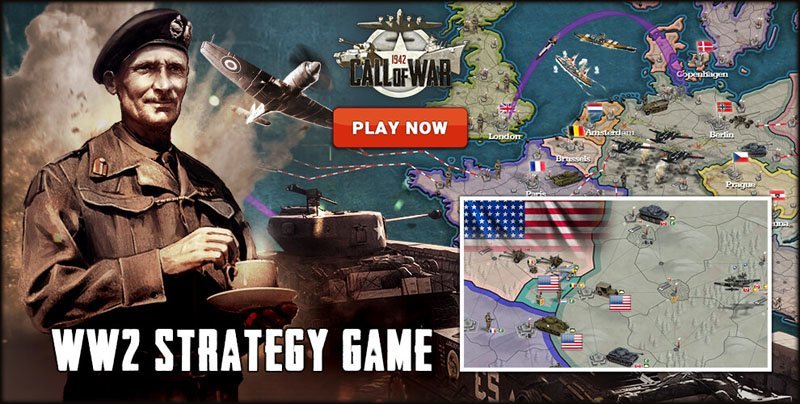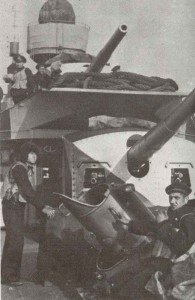Strength and Organization of the Army, Air Force and Navy of Romania in 1942.
Romanian Orders of Battle at the Eastern Front from November 1942, divisions and equipment, aircraft types and warships.
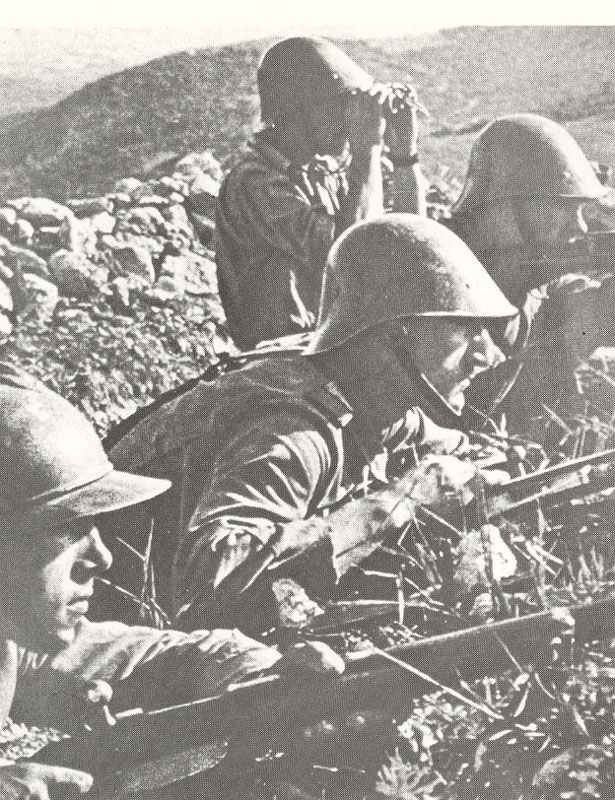
By the autumn of 1941 the Romanians had advanced – mostly on foot or on horseback – across the Ukraine and Besserabia to the Black Sea, had taken Odessa after a two-month siege and were entering the Crimea. Losses, however, had been huge with over 130,000 men (including 5,400 officers) killed or wounded. The survivors were in poor shape, often going barefoot, and one of the main forms of transport seems to have been gaily painted peasant carts.
Romanian Armed Forces in WW2
Table of Contents
Overview
During World War II, Romania was initially neutral but later joined the Axis powers in November 1940. The Romanian Armed Forces consisted of the Army, Navy, and Air Force.
Initial Alignment with the Axis (1940-1944):
– Romania joined the Axis powers in November 1940 under the leadership of Ion Antonescu
– Contributed significantly to Operation Barbarossa (the invasion of the Soviet Union) in June 1941
– Primary motivation was to recover territories lost to the Soviet Union (Bessarabia and Northern Bukovina)
– Provided Germany with its second-largest contingent of foreign troops on the Eastern Front
Romanian Army:
Infantry: The backbone of the Romanian Army, infantry units were equipped with a mix of domestic and imported weapons, including the Czechoslovak ZB vz. 24 rifle and various machine guns.
Mountain troops: Specialized units trained for combat in mountainous terrain, particularly in the Carpathian Mountains.
Cavalry: Romania had a strong cavalry tradition, and these units served in various roles, including reconnaissance and combat.
Armored units: Romania had a relatively small number of tanks, including the domestically produced Renault R-35 and imported vehicles such as the Panzer III and IV.
Military Strength and Equipment:
– Peak strength reached approximately 1.2 million troops
– Equipment was a mix of domestic and foreign-made weapons:
– Used French Renault R-35 tanks and Czech-designed tanks
– Aircraft included German Messerschmitt Bf 109s and indigenous IAR 80 fighters
– Relied heavily on German supplies as the war progressed
Romanian Air Force:
Fighters: The Romanian Air Force used various fighter aircraft, including the Polish PZL P.24, Hawker Hurricane, and Messerschmitt Bf 109.
Bombers: Romania employed light and medium bombers, such as the Polish PZL.37 Łoś and the German Heinkel He 111.
Romanian Navy:
The Romanian Navy was primarily focused on defending the Black Sea coast and the Danube River.
It consisted of several destroyers, submarines, torpedo boats, and minelayers.
Romania participated in several major campaigns during World War II:
– Operation Barbarossa: Committed approximately 325,000 troops to the initial invasion
– Siege of Odessa (August-October 1941): Major Romanian operation with heavy casualties
– Battle of Stalingrad (1942-1943): The Romanian 3rd and 4th Armies were positioned on the flanks of the German 6th Army and suffered devastating losses when Soviet forces counterattacked
– Crimean Campaign: Participated in the capture and subsequent defense of the Crimean Peninsula
– The defense against the Soviet offensive in Moldova (1944).
In August 1944, King Michael I led a coup against the pro-German government, and Romania switched sides to join the Allies. Romanian forces then fought against the Germans in Transylvania, Hungary, and Czechoslovakia until the end of the war in Europe.
Switch to the Allied Side (1944-1945):
– King Michael’s Coup on August 23, 1944, overthrew Antonescu’s government
– Romania declared war on Germany on August 25, 1944
– Contributed approximately 538,000 troops to the Allied cause
– Participated in the liberation of Transylvania, Hungary, Czechoslovakia, and Austria
– Ended the war as the fourth-largest Allied army
Casualties and Losses:
– Total military casualties estimated at 300,000-350,000 (killed, wounded, missing)
– Suffered significant material losses throughout the conflict
Legacy:
The Romanian armed forces’ experience in World War II was marked by significant sacrifices on both sides of the conflict, with the country ultimately finding itself under Soviet influence despite its late contribution to the Allied victory.
It’s important to note that during World War II, Romania was also responsible for the persecution and deportation of its Jewish population, resulting in the deaths of hundreds of thousands of Romanian Jews in the Holocaust. Acknowledging this tragic history is crucial when discussing Romania’s role in the war.
Romanian Army 1941-42
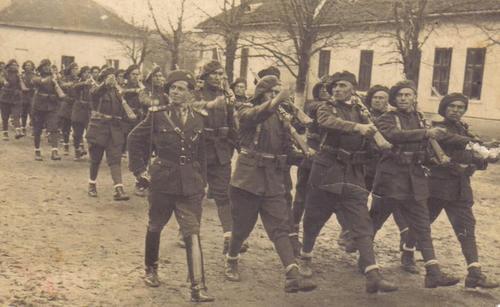
The Germans noted the rigid hierarchical system in their royal ally’s Army. Officers still retained their servants and received special rations, and as the regular officers were killed, their replacements from the reserve lacked the necessary quality of leadership. During the bitter winter of 1941-42 the temperature east of Feodosia often fell to minus 30 degrees, and Romanian troops, even more poorly clad than the Germans, struggled to hold the line. Reinforcements were withdrawn from occupation duties and sent to the front despite the fact that they were in-adequately armed for front line fighting.
On 2 July 1942 Romanian formations forming part of the German 11th Army took Sevastopol, and then moved to the Don region. In the summer of 1942, the Romanian Army on the Eastern Front consisted of the 3rd and 4th Armies (13 infantry, one armored and two cavalry divisions), two divisions in the Crimea, and six divisions in the Caucasus. Also, on active duty were a further 26 divisions on security duties behind the front, but these were below strength and badly equipped.
But in November 1942, and despite heavy losses (20,000 in the Crimea), the Romanian Army was still the largest Axis allied contingent with some 267,727 men. However, the Romanians were still desperately ill-equipped, particularly with anti-tank weapons, and all the divisions were under strength. The Germans were aware of the lack of anti-tank guns, and from October 1942 began to supply each division with six horse-drawn 7.5 cm anti-tank guns.
Romanian Orders of Battle at the Eastern Front, November 1942:
Army Group | Army | Corps | Divisions |
|---|---|---|---|
Army Group Don (Marshall Antonescu; proposed, but never realized because of the Russian counter-offensive at Stalingrad) | 3th Army (Dumitrescu) at the Don Front north of Stalingrad (Reserves: 7 Cavalry Division, 15 Cavalry Division) | IV Corps | 1 Cavalry Division |
13 Infantry Division |
|||
V Corps | 6 Infantry Division |
||
5 Infantry Division |
|||
II Corps | 14 Infantry Division |
||
9 Infantry Division |
|||
I Corps | 11 Infantry Division |
||
7 Infantry Division |
|||
4th Army (Constantinescu) in the Kalkyk Steppe south of Stalingrad (Reserves: 1 Armoured Division Greater Romania, German 16 mot. ID, German 29 mot ID) | VII Corps | 8 Cavalry Division |
|
5 Cavalry Division |
|||
VI Corps | 4 Infantry Division |
||
1 Infantry Division |
|||
2 Infantry Division |
|||
18 Infantry Division |
|||
German IV Corps | 20 Infantry Division |
||
German 297 Infantry Division |
|||
German 371 Infantry Division |
|||
German 6th Army (Paulus) at Stalingrad | see German Orders of Battle | ||
on the Crimea | Mountain Corps | 10 Infantry Division |
|
4 Mountain Division |
|||
1 Mountain Division |
|||
with German 17th Army of Army Group A in the Western Caucasus | Cavalry Corps | 6 Cavalry Division |
|
9 Cavalry Division |
|||
19 Infantry Division |
|||
3 Mountain Division (subordinated to German V Corps) |
|||
with German 1st Panzer Army of Army Group A in the Central Caucasus | 2 Mountain Division |
Basic Romanian Army units in 1942:
| Infantry division | Mountain division | Cavalry division | Armoured division | |
|---|---|---|---|---|
| Total units | 21 + 6 Reserve + 1 Guards | 4 + 1 Elite Frontier Guards | 6 - 9 | 1 |
| Infantry regiments | 3 (each of 2 instead of normally 3 battalions) + 1 Cavalry squadron (equipped with Czech 7.92mm = Kar98k rifles or old 6.5mm Mannlicher and Czech ZB30 [=Bren] machine guns) | 2 | 3 Cavalry regiments (3 divisions had one inf regiment mounted on Skoda halftracks instead of horses) | 1 - 2 motorised rifle regiments |
| Total men | c. 12,000 | 12,000 | 6,000 | ? |
| Anti-tank guns | 30 - 36 (18 x 37mm Pak36, 12 x 47mm + from October 6 x German 75mm Pak40) | 12 (37mm Pak36) | 9 (37mm Pak36) | c. 6 - 12 |
| Artillery | 24 - 52 (75mm M 1897 field guns and 100mm howitzers) | 24 (75mm Skoda field guns and 100mm Skoda howitzers) | 12 (75mm M 1897 field guns) | c.24 (motorised artillery) |
| Vehicles | no lorries, only a few VW Kuebelwagen jeeps for reconnaissance | - | 3 divisons had Skoda halftracks to mount one regiment | capacity less than 60 tons |
| Tanks | - | - | - | ? (Skoda LT35 = PzKpfw 35(t), Renault R-35, CKD light tank - end of 1942 PzKpfw 38(t) and PzKpfw IV were supplied) |
The cavalry divisions did well in Russia. Their mobility helped to make up for their numerical weakness and light artillery, and more than one report speaks of their superior discipline and cohesion compared with the ordinary infantry divisions.
Romanian Air Force
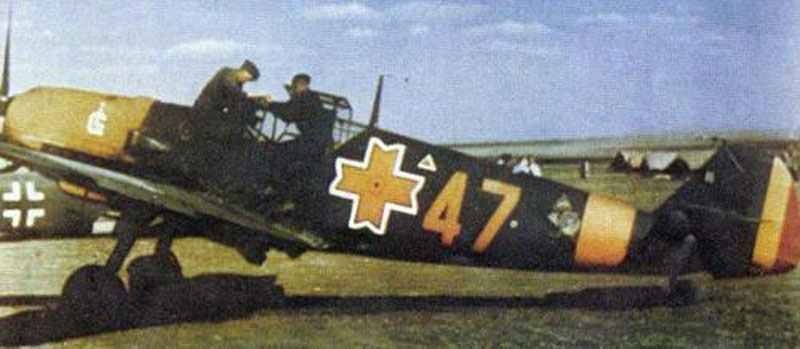
When Romania joined in Germany’s attack on the Soviet Union in June 1941, her air force was operating a miscellany of aircraft types, which reflected the shifts on her pre-war diplomacy:
- 12 fighter squadrons (240 planes) with Polish PZL P11 (148 planes), P.24 (56 planes), British Hawker Hurricanes (12) and German Heinkel He 112B (24).
- 20 bomber squadrons (226 planes) with French Bloch 210 (24), Potez 633 (20), Polish P37 (39), British Bristol Blenheims (34), Italian Savoia-Marchetti SM-79B (24), German Heinkel He 111 (35) and Junkers Ju87B (50).
- 8 reconnaissance squadrons (355 planes) with Polish P23 (30) and indigenous IAR 37s, 38s and 39s (325 planes).
- 2 naval squadrons, one with Italian Cant Z-501s and one with German Heinkel He 114Bs.
Attrition was high, due to the difficulties of maintaining a diversity of aircraft types, rather than to Soviet opposition. At the end of the year the Romanian air units withdrew to reorganize for the spring offensive. A modest infusion of German equipment at this time included: nearly 70 Me 109E fighters (see picture on the left), 12 Heinkel He 112 fighters, 20 Junkers Ju 88A bombers.
In support of the advance to Stalingrad, the Romanian 1st Air Corps comprised in July 1942:
- 4 Messerschmitt Bf 109E fighter squadrons,
- 6 Heinkel He 111H and Savoia-Marchetti SM-79B bomber squadrons,
- 2 Junkers Ju-87B Stuka dive-bomber squadrons,
- plus support by light bomber and reconnaissance units.
Romanian Navy
- 7 destroyers and torpedo-boats (two of which were modern);
- 3 motor torpedo-boats of British Royal Navy design;
- 1 submarine;
- 1 minesweeper;
- 4 escort and patrol craft;
- 7 river craft;
- 35 merchant ships.
Most of the warships of the Royal Romanian Navy had been designed or built in Britain or Italy.
After the alliance with Germany, the Navy was slightly expanded (although priority was in general being given to the Army). Two further submarines were assembled under German supervision and several more motor-torpedo-boats were acquired, also from Germany (E-boats). Additionally, use was made of commandeered auxiliaries.
The Danube Flotilla was first to see action, while the seagoing warships of the Black Sea Division were soon harassing Russian supply and evacuation routes. The motor torpedo-boats did not prove to be as successful as had been hoped. The destroyers were engaged in screening mine layers, which were putting down defensive fields, and minesweepers, which were clearing coastal channels, and in protecting supply and evacuation convoys and tankers proceeding to and from the Aegean via the Bosporus.
After the arrival of German naval forces on the Danube, the Romanian ships operated under the command of the German Admiral Black Sea, Vice-Admiral Brinkmann, and later, in August 1943, five midget submarines, formerly in Italian service in the Black Sea, were handed over to the Romanian Navy.
References and literature
Germany’s Eastern Front Allies 1941-45 (Peter Abbott, Nigel Thomas)
The Armed Forces of World War II (Andrew Mollo)
World War II – A Statistical Survey (John Ellis)
Kriegstagebuch des Oberkommandos der Wehrmacht, Band 1-8 (Percy E. Schramm)




